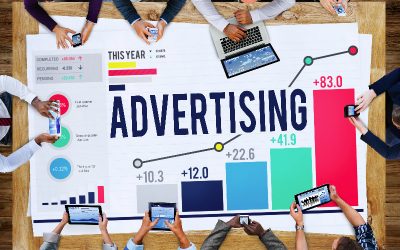3-D printed parts are coming onto the market full steam, but how do they really stack up when compared to CNC machined parts made out of similar materials. Do they have the same durability? Are they the same cost to produce? This article looks at the pros and cons of both 3-D printed parts and CNC machine parts to help you weigh your options.
CNC Machined Parts: Pros and Cons
CNC machining has been around for quite some time. New technologies in CNC machines allow for the creation of almost any replacement part for most of today’s industrial motors and machines. CNC machined parts can be made out of almost any material including hardened steel and aluminum. Machined parts made with a CNC are durable and can be made is a rough prototype or as a high quality precision product milled down to within 10,000s of an inch (and much further if needed). The downside to CNC machined parts is that CNC machines are expensive, so you must go to a machine shop to produce your part. If you are not a machine shop you will have a tough time affording and finding a place for your new CNC machine. 3-D printers offer a smaller homeowner version (in reverse) of the CNC machining process which is perfect for the do-it-yourselfer.
3-D Printed Parts Pros and Cons
3-D printed parts, ranging from a new arm for an action figure to a sprocket in a commercial machine, are possible with new advances in technology. However, 3D printing is much less common in today’s manufacturing industry, which keeps costs higher than they could be, and are not usually very convenient for the average consumer. When you look at durability of 3-D printed parts versus CNC machine printed parts they are pretty comparable. The cost to print most 3-D parts is also about the same as most CNC machined parts for wood and plastics. However, when it comes to printing parts out of metals and harder materials, CNC machined parts are still cheaper. 3-D printed parts take much longer to produce than CNC machined parts. Additionally, the layered production of a common third printer eliminates the ability to make a quick casting. 3-D printing and creating commercial 3-D printed parts is a hot new topic, but not a practical option yet.
When you look at both options side-by-side you can see that they are virtually two sides of the same coin. 3-D printed parts are merely an additive form of the tried-and-true technology of CNC machined part creation. Both offer their advantages and disadvantages, but the practical winner currently is still CNC machining. And it probably will be for the foreseeable future. 3-D printing has a long way to go before it matches CNC machine parts and the industry as a whole.


